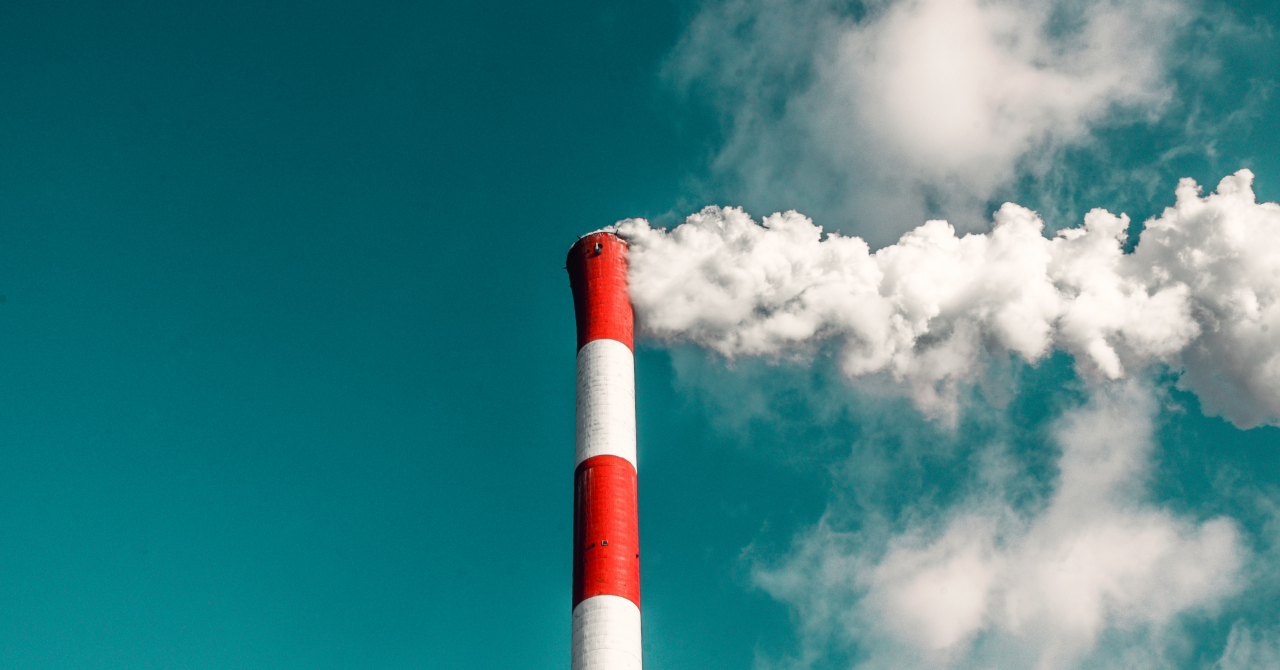According to Reuters, these emissions grew by 6% in 2021, to a total of over 36 billion tons.
The IEA said that "the world must now ensure that the global rebound in emissions in 2021 was a one-off - and that an accelerated energy transition contributes to global energy security and lower energy prices for consumers."
Coal contributed the most to this growth, with 40% of the total emissions and no less than 15 billion tons of CO2 emissions.
China was responsible for most of these emissions, the IEA says, since it was the only major state to benefit from economical growth in 2021.
This way, the IEA communicates that "in 2021 alone, China's CO2 emissions rose above 11.9 billion tonnes, accounting for 33% of the global total."
India's CO2 emissions were higher as well, compared to 2019, as a consequence of using coal for generating electricity.
Gas prices increase in Europe and the United States meant that it was cheaper to run coal based generators compared to gas-powered ones, but at the same time, this practice meant that emissions numbers doubled.
"Gas-to-coal switching pushed up global CO2 emissions from electricity generation by well over 100 million tonnes, notably in the United States and Europe where competition between gas and coal power plants is tightest," the IEA stated.
However, CO2 emissions by both the United States and the European Union were lower than their 2019 counterparts, with 4% for the US and and 2.4% for the EU.
 Mihai - Cristian Ioniță
Mihai - Cristian Ioniță












Any thoughts?